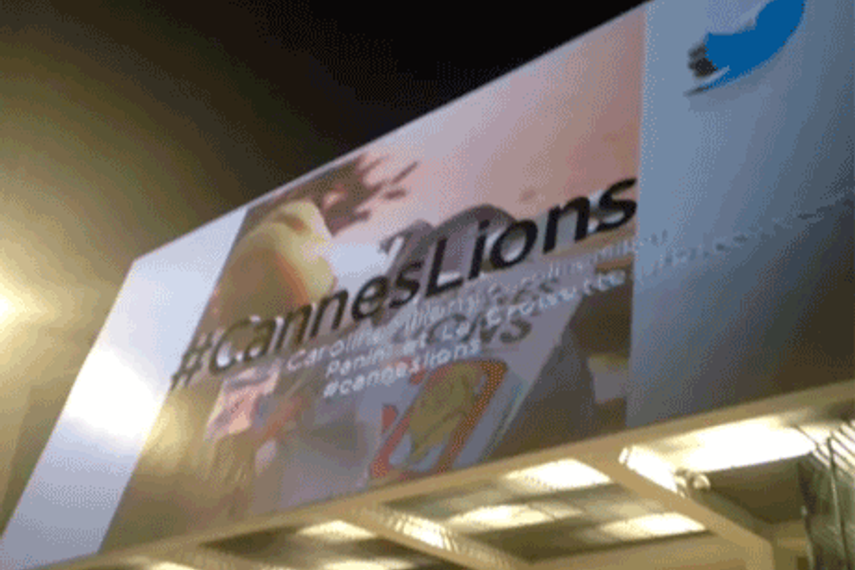
Please sign in or register
Existing users sign in here
Having trouble signing in?
Contact Customer Support at
[email protected]
or call+91 022 69047500
Robert Kyncl, Tom Cooke, Fernando Machado and Carolyn Probst Iyer discussed why YouTube is proving to be a more interesting option for brands

Contact Customer Support at
[email protected]
or call+91 022 69047500
Top news, insights and analysis every weekday
Sign up for Campaign Bulletins
Our weekly roundup of the latest appointments and account wins news from McCann Worldgroup, Zee News, Bombay Design Centre, and many more.
The smartphone company aims to reach nearly 10 crore global users with its smartphone-based AI technology, Oppo AI, by 2025-end.
Moving core advertising from browser to publisher-infrastructure, the tool bypasses browser restrictions, opening up monetisation possibilities for publishers.
Despite a chaotic week for PR figures handling the fallout from US President Trump’s tariff changes, the corporate world has remained relatively silent—but is this the right comms move?